.
.
.
Where would jazz be without New York’s “joints’ of the 1920’s – 1950’s? If Ellington hadn’t been hired to play the Cotton Club, what direction would his orchestra have taken? Without the Royal Roost, would Parker play with Miles and Max Roach, and would Miles have had a venue to perform “Birth of the Cool” in? And, where would Monk and Coltrane have played if not at the Five Spot?
I came upon this terrific history today, “Jazz Joints Through the Ages.” Written by noted jazz historian Ashley Kahn and originally published in Jazz Times in 2006, the feature provides short biographies of many of the most important clubs in jazz music’s past. It is an incredibly entertaining read…
.
.
_________________
.
.
After Hours: New York’s Jazz Joints Through the Ages
by Ashley Kahn
.
.
Jazz joints come and jazz joints go—especially in New York City. From tightly packed bars downtown to spacious dinner clubs uptown, it’s a historic lineage. Much has changed over the years (Birdland’s smoky elegance in the ’50s would be impossible with Mayor Bloomberg’s ban on indoor smoking) and much has not, like set lengths, drink minimums and the apparent majority view that jazz sounds best in New York City one floor below street level (Dizzy’s Club Coca-Cola notwithstanding).
One jazz rule seems immutable: Before musicians can reach those grand uptown theaters or the big festival stages, they must first make it in the clubs of New York City. They are still the proving ground. It’s been that way since the ’20s. The nightclubs that follow are celebrated less for being the most popular in their day—many were not—and more for accurately representing the music and spirit of the time. Often they predicted sounds and societal shifts just around the corner.
It was a challenging process selecting one from each decade. Some eras, like the ’40s when 52nd Street was in full swing, offered far too many choices: Every club on “The Street” (Three Deuces, Onyx Club) and, of course, Minton’s Playhouse in Harlem held the seeds of modern jazz. Also, to which decade does the Village Vanguard belong? It has consistently presented visionary music during its 71-year history. And what about all those great neighborhood bars in Brooklyn?
The list was limited to venues with a Manhattan address. Save for one, none remain standing in their original form.
1920S
The Cotton Club
644 Lenox Avenue (at 142nd Street)
Peak years: 1920 (as Club DeLuxe) to 1936
The 1920s were labeled the Jazz Age but the music was only a part of it: Social rules were being rewritten, and in Manhattan, downtown was going up as white society and dollars poured into Harlem every night. Nightclubs and dancehalls began presenting entertainment that delivered a romanticized (and often quite derogatory) view of black culture: floor shows, revues with skits and musical numbers and music for dancing. The Cotton Club seated up to 400, and was one of Harlem’s classiest, located on the second floor of a long, modern apartment building.
.
.
________
.
.
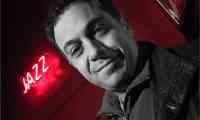
.
I have interviewed Ashley Kahn on three occasions…Click on the links to be directed to the interviews.
.
On his book Kind of Blue: The Making of the Miles Davis Masterpiece
.
On His book A Love Supreme: The Story of John Coltrane’s Signature Album
.
On his book The House That Trane Built: The Story of Impulse Records
.
.
.





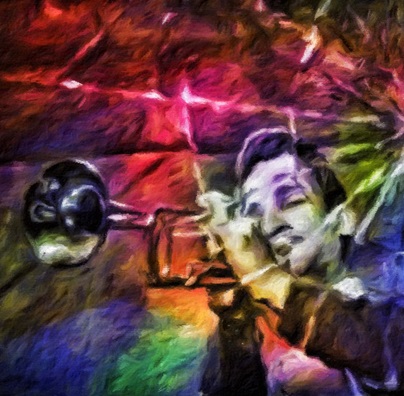

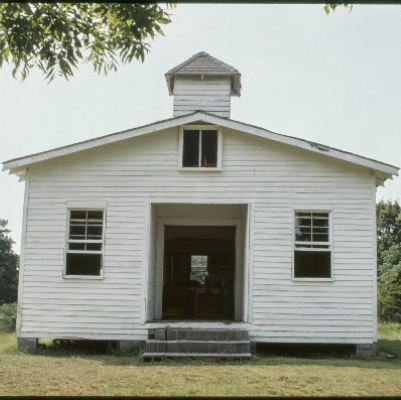
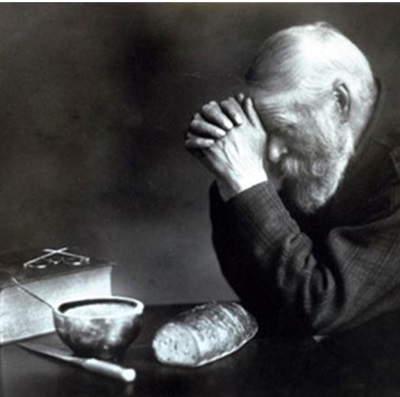

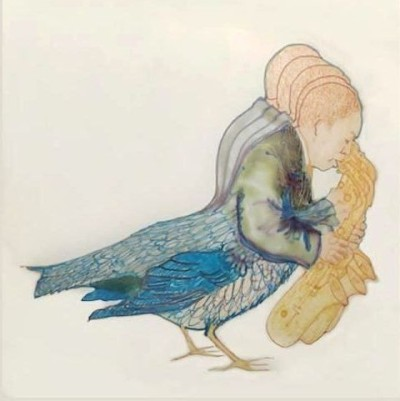
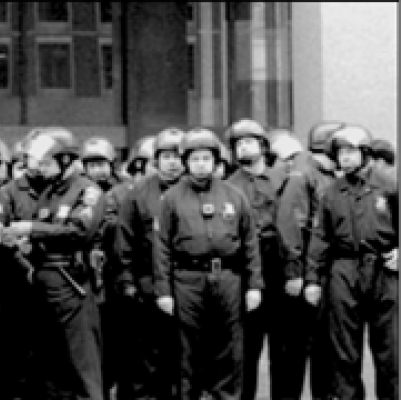

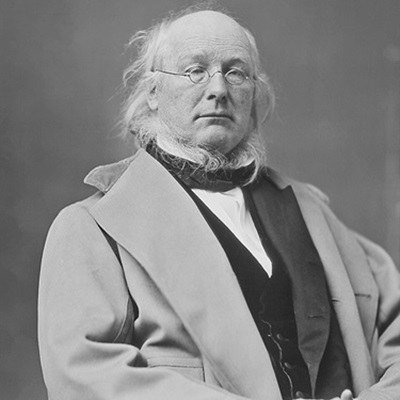
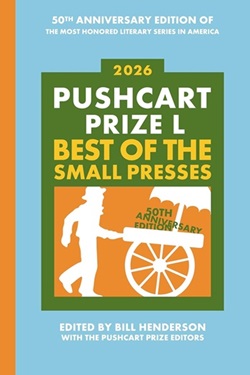

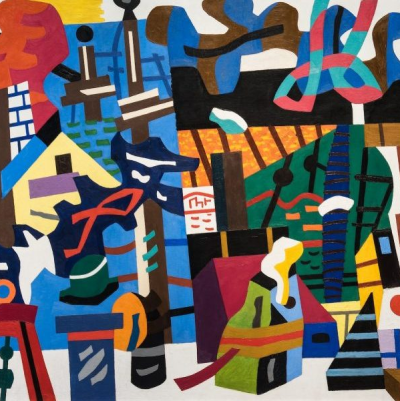
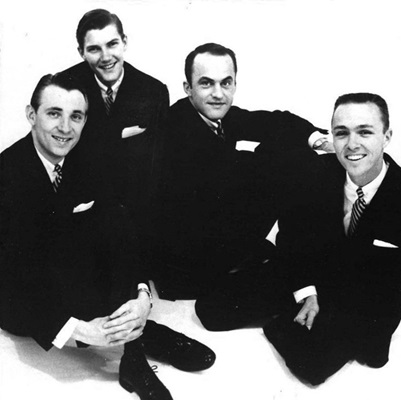


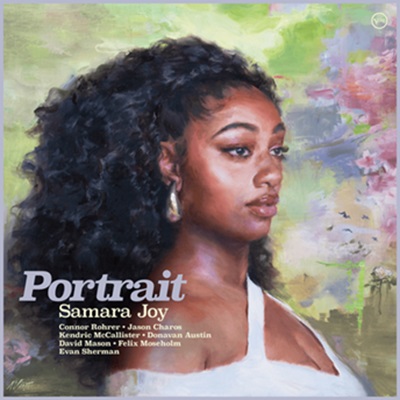




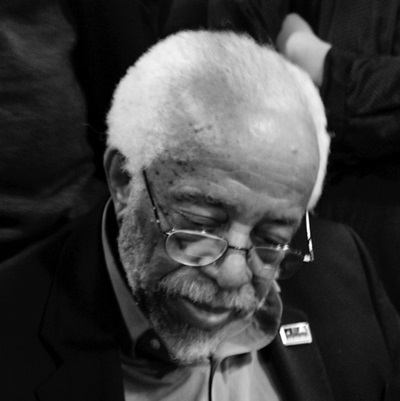


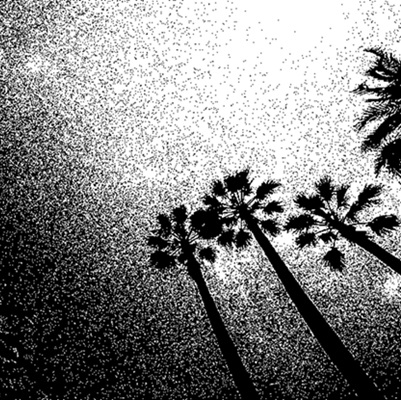
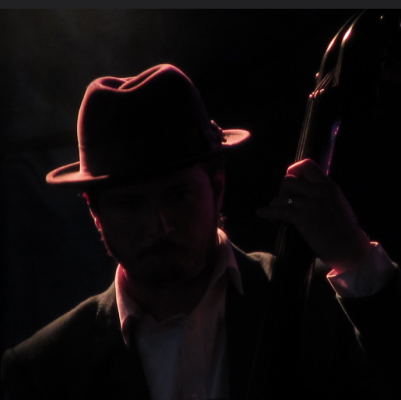














I enjoy stories of old jazz … kudos
Just can’t imagine a more thrilling place to be than on 52nd Street during the 1940s
These were iconic Jazz clubs and the sad irony is that the New York City cabernet license kept many great musicians from playing in them.
How about the jazz club a few blocks from the Surfside and Village Gate during the 70’s? I used to go there to jam with the jazz greats, and often played with Art Blakey Jr. (His dad played there as well)
The club had the name of a female. Was it Martha’s??? (don’t remember her name) Dizzy was still around playing with his big band.
I love to learn about the history of jazz clubs. I didn’t know that nyc clubs were the proving ground before making it for these great guys but that makes sense!